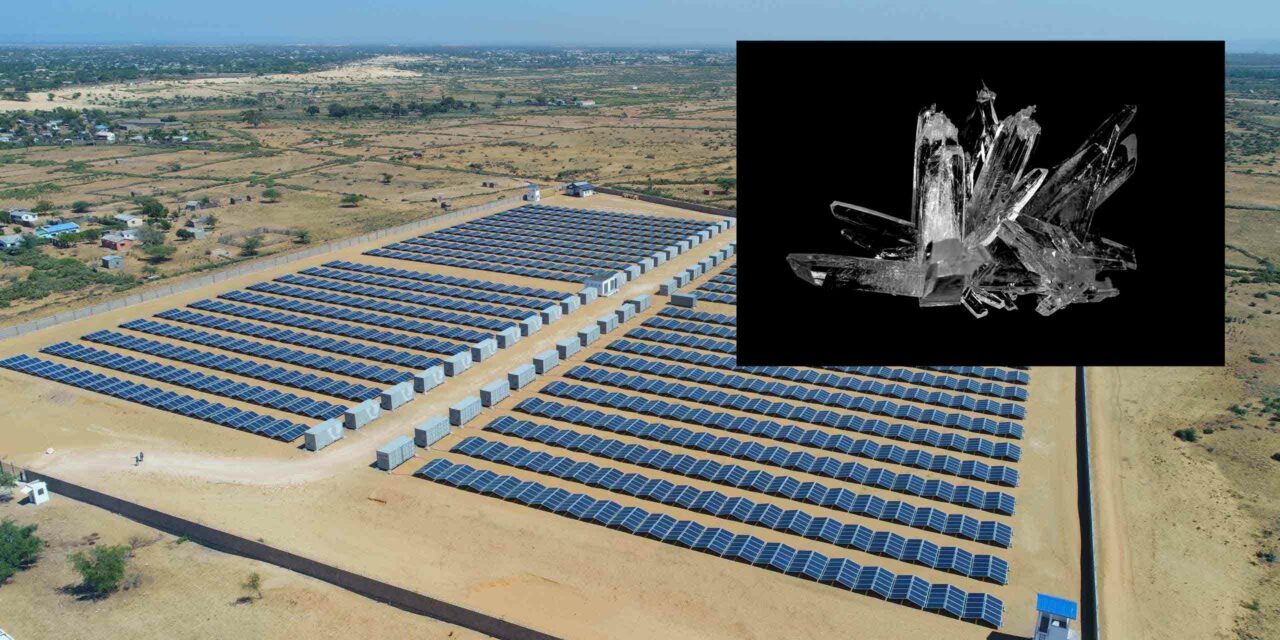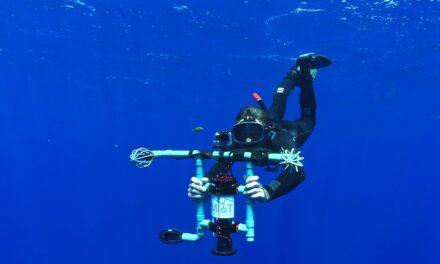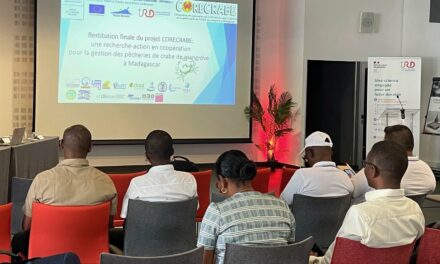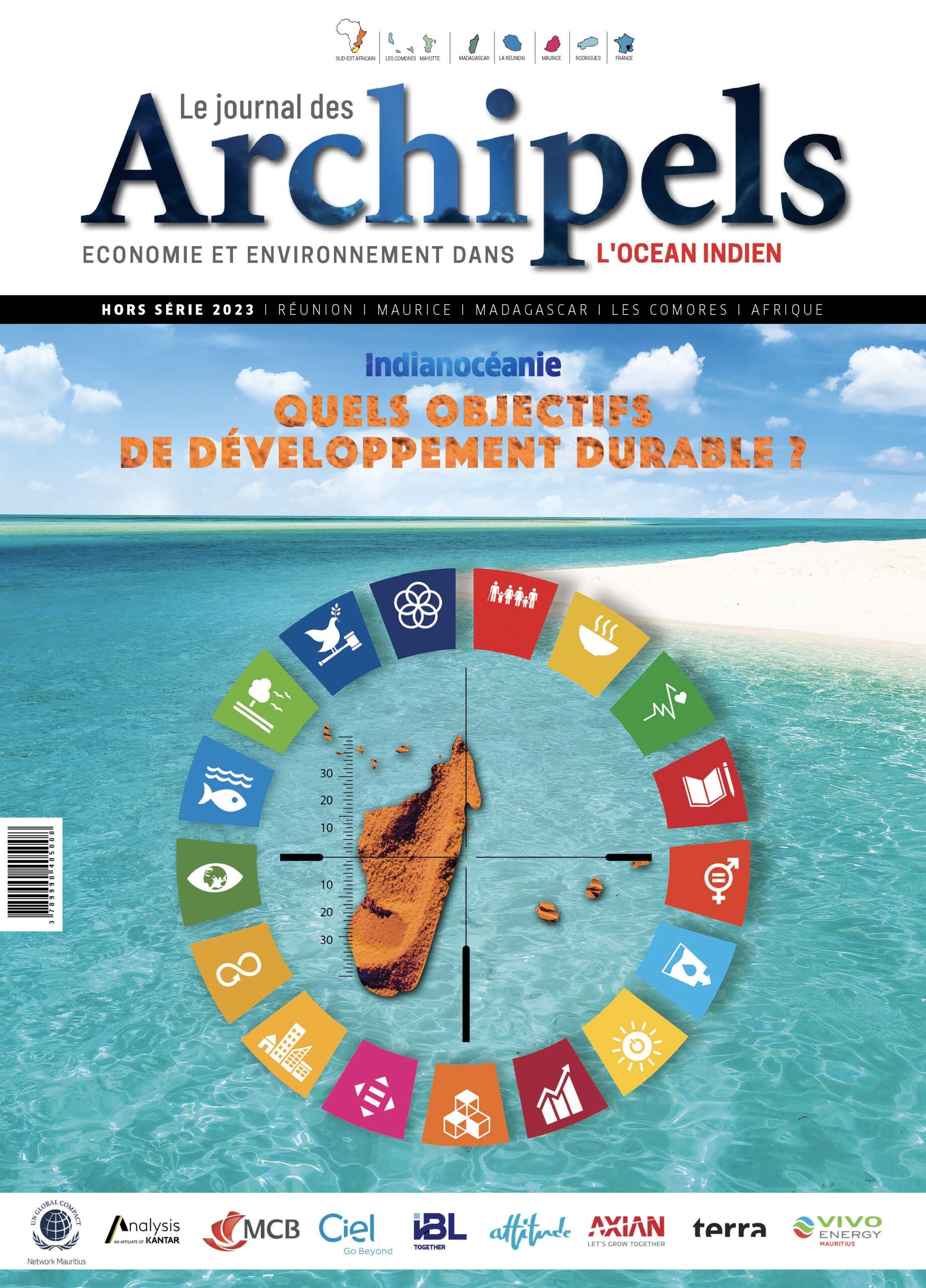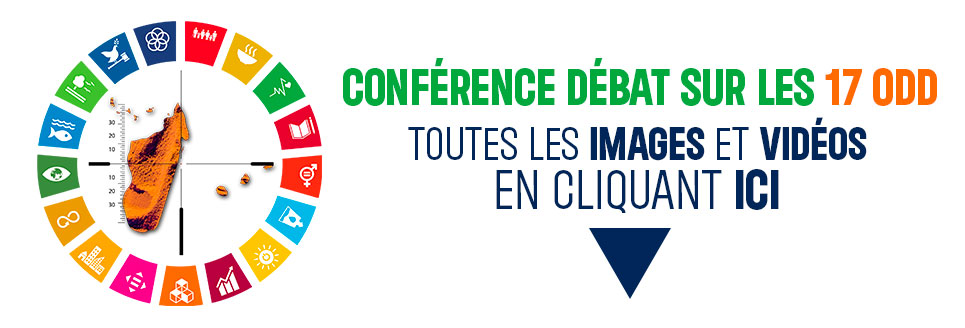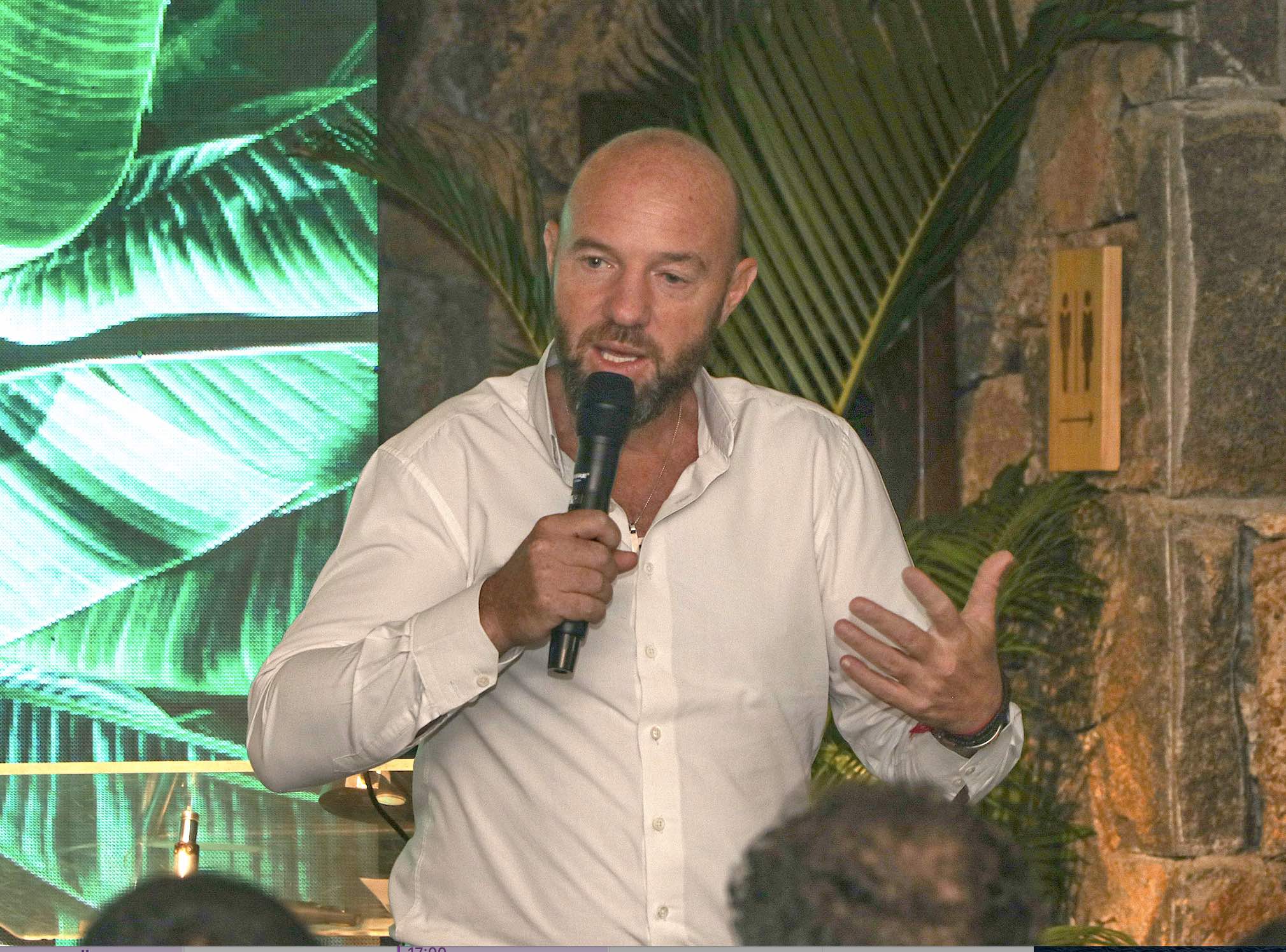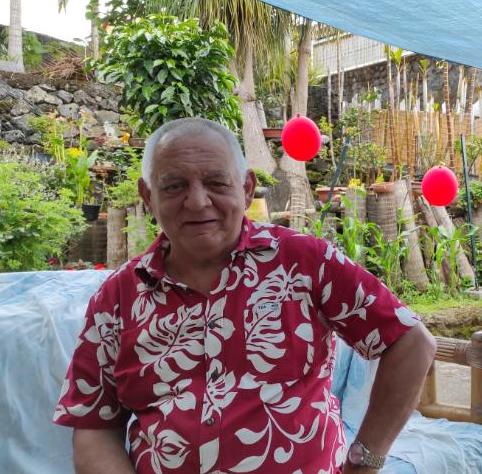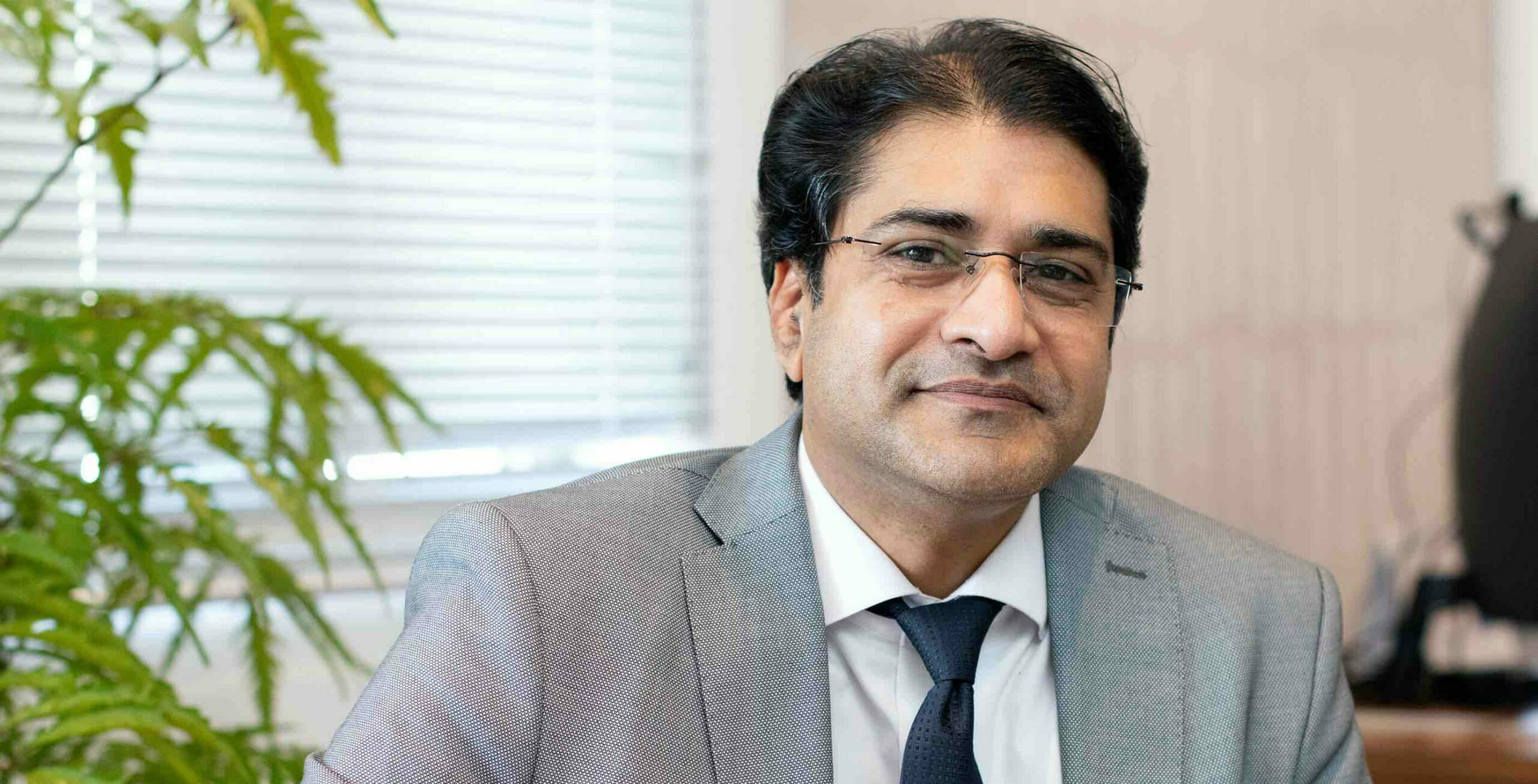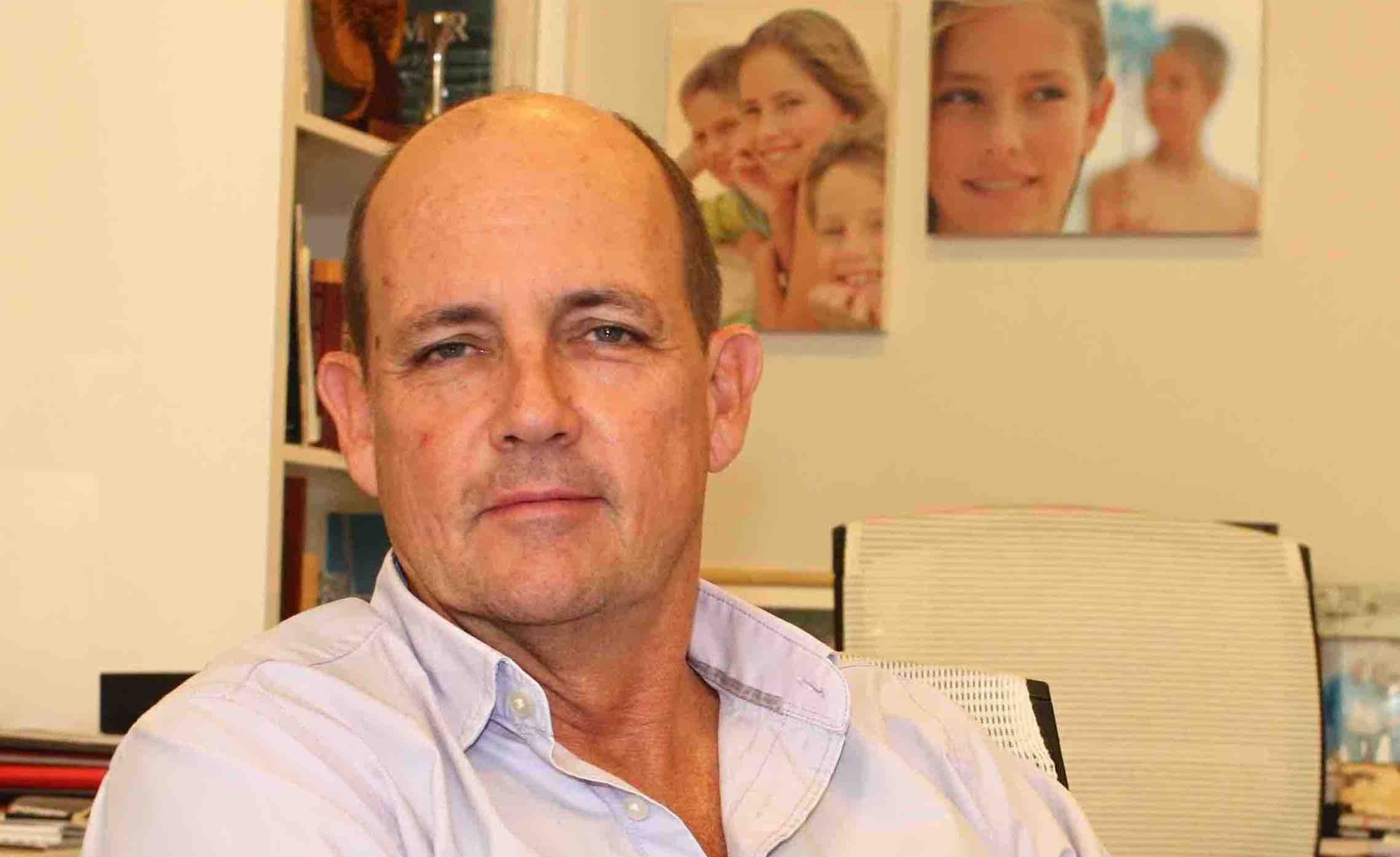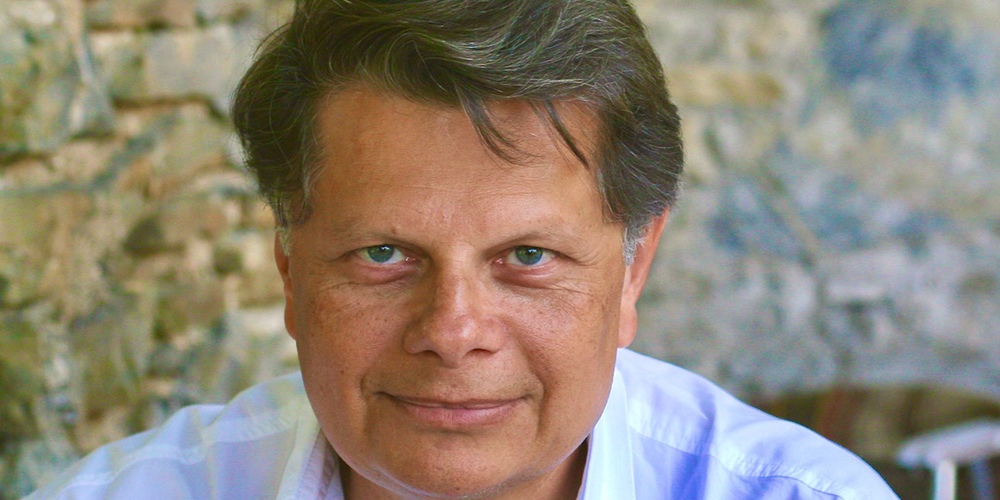As a major producer of quartz, from which silica is extracted to produce the photovoltaic panels needed for solar energy, Madagascar appears to hold a key card in strategically positioning itself in the solar energy industry of today and tomorrow.
By our permanent correspondent,
Liva Rakotondrasata
Illustration (DR): Portable solar power plant developed by Filatex and Akuo
When it comes to the photovoltaic panels currently on the market or to research work on the next generation of solar cells, silica (or silicon dioxide SiO2) is always the basic material for their production. It is extracted from various minerals, the main natural form of which is quartz.
Quartz is a mineral of the silicate group, a subgroup of the tectosilicates, consisting of silicon dioxide with the formula SiO2. It occurs either in the form of large colourless, coloured or smoky crystals or in the form of microscopic crystals with a translucent appearance. It is the silica that opens up the light absorption spectrum and thus maximises the collection of electrons, with a consequent increase in efficiency.
Today, on the market, photovoltaic power plants with yields of around 20% are mainly manufactured with silicon in its polycrystalline form. For higher performance, the cells are then mainly designed on the basis of monocrystalline silicon combined with PERC (Passivated Emitter and Rear Contact) technology. This consists of reducing the aluminium surface on the rear side, following the development of an older technology called Al-BSF (Aluminum Back Surface Field).
Produced as an almost pure ingot, silicon is cut into thin wafers, which are processed into a positive and a negative side to make photovoltaic cells. While silica is widely available and inexpensive, it is the conversion to silicon and the subsequent cutting and chemical treatment of the wafers that is costly. This is where Madagascar has the opportunity to develop this niche as part of its industrialisation policy.
Brazil and Madagascar have the best chance to come out on top
To produce 1 tonne of silicon, 2.9 tonnes of quartz are required. By 2021, global production is estimated at 3 million tonnes by 23 producing countries around the world, but the two suppliers of crystal quartz, Brazil and Madagascar, are believed to have the best chance of coming out on top because of the higher quality of their product. According to the International Energy Agency, solar photovoltaics based on silicon (extracted from quartz) would play a major role, providing at least a third of the world’s electricity generation by 2050. Solar photovoltaics would increase from a global production of 820 TWh in 2020 to 23 500 TWh in 30 years, i.e. almost as much as the total annual electricity production today (27 000 TWh).
In Brazil, industrial firms have already made significant progress, such as the RIMA group, which has become one of the national leaders in the production of silicon, used mainly in the manufacture of solar panels. The group is currently being supported by the French fund Proparco in its project to increase its production capacity (and in the installation of filters to reduce atmospheric emissions). In Madagascar, projects such as the construction of an industrial solar panel production unit in the Fianarantsoa region are still in progress. A project that, according to a well-established source, is included in the presidential programme “Plan Emergence Madagascar” (PEM).
It is also known that the leading players in the field of assembly and installation of solar equipment are not against an initiative to produce polysilicon locally. The partnership between the Malagasy group Filatex and the French Akuo in the installation of mobile and portable solar units in Madagascar, “Solar GEM”, has for example stated that after the completion of its pilot project (2.9 MW and 6 million euros of investment), the next phase is to give an industrial and more integrated dimension to the programme.
Madagascar was exporting up to 2000 tonnes of quartz per year in the 1980s
According to the French National Geological Survey (BRGM), the regions of Mananara – Rantabe (north of Foulepointe) and west of Antsirabe are the areas where the largest reserves of silicon in quartz are found. Other smaller deposits are identified in Vohémar where quartz mining is still done by collecting and small excavations from eluvial and alluvial deposits. The Ihorombe region (west of Ihosy and Tsivory) and Tsiroanomandidy may also reveal significant reserves. According to official statistics, in the 1980s Madagascar exported between 1800 and 2000 tonnes of quartz per year. This figure has since fallen sharply to around 630 tonnes, which represents only 0.09% of the mining products sold by the island on the international market.
The potential is therefore still there and awaits, as for many other sectors in Madagascar, the establishment of a reliable and sustainable organization.


